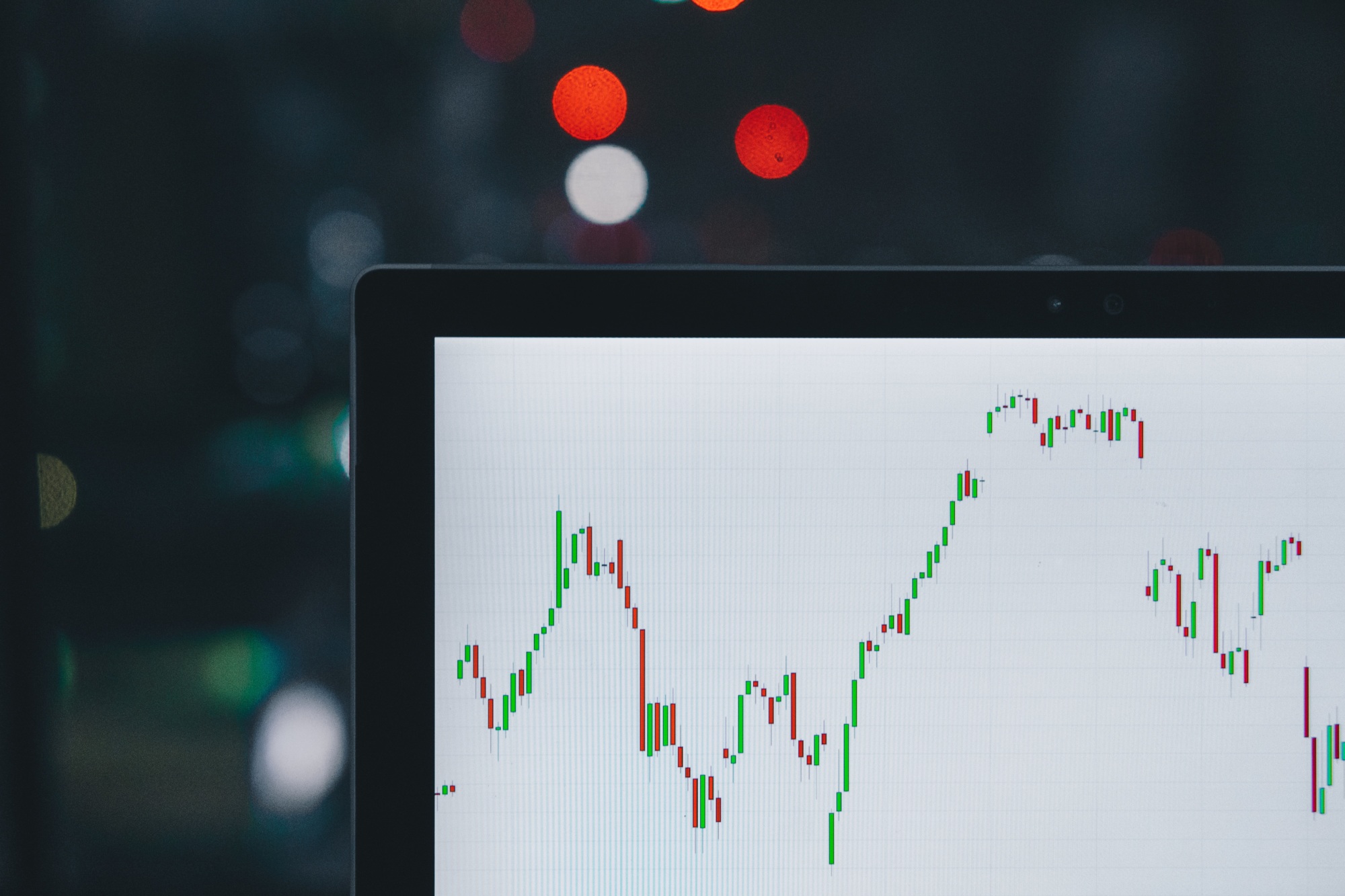
M&A Fee Guide 2023-2024
For the third year running, Axial partnered with Firmex and Divestopedia on the annual M&A Fee Guide, the authoritative source…
2020 is shaping up to be one of the best years ever for the PE secondaries fundraising market. Through the first half of 2019, 26 secondary funds raised $26B. Through the first half of 2020, 11 funds raised just over $44B – a 70% year-over-year increase from just a fraction of the number of funds.
While those numbers are certainly impressive, they seem to be completely out of touch with what is happening on the deal side of the secondaries market. Reports estimate that the trading of ownership and positions in PE assets could drop by as much as 55% by the end of the year. What’s behind the disconnect?
In this article, we’ll review the basics of the secondaries market, what’s driven it’s unprecedented growth over the last decade, and how the dynamics between buyers and sellers of secondary assets have shaken out since the onset of the pandemic in early March.
PE Secondaries 101
The PE secondary market refers to the buying and selling of LP commitments in private equity funds, or a GP-led sale of all or a portion of the assets of a fund. The secondaries market has a number of utilities, most notably providing investors with liquidity in an otherwise illiquid asset class. Unfamiliarity with the nuances of secondaries trading and a generally immature market led to low participation until the past decade. Between the years of 2012 and 2019, $3.4T of commitments flowed into the global private equity and alternative markets, representing inventory for the secondary market. Data suggests that assets purchased at a steep discount to NAV in the wake of the Global Financial Crisis generated tremendous returns for secondary investors, catching the attention of the industry.
Secondaries boomed since then, until COVID-19 dealt its heavy blow.
Coronavirus Decimates Secondaries Activity
The onset of coronavirus caused a volume shock in the secondary market due to a number of factors – most notably, pricing. A record long bull run and strong valuations in the private markets created a tremendous gap between seller price expectations and what a prospective buyer is actually willing to pay relative to the risk of buying a portfolio in a pandemic. While most of the larger institutions were able to afford pulling their deals off of the market, some smaller deals and distressed situations were forced to proceed, selling at discounts of over 25%. The potential shift from a sellers market to a buyers market should the economic impacts of coronavirus continue into 2021, explains the record levels of interest in secondaries funds so far this year.
In addition to the complicated pricing dynamics, there are also various logistical challenges that have gotten in the way of deals getting done. Management meetings and proper due-diligence have been interrupted. The near cessation of travel has also inhibited the ability to meet in person, a relatively small hurdle for established relationships and partners, but a major roadblock for developing new relationships.
GP Led Secondaries & LP Rebalancing
GP-led transactions are poised to take on more importance as fund managers push out exit timelines and require liquidity to avoid selling at discounts as their models adjust. GP-led demand will also be catalyzed in the short term as portfolio companies require liquidity to pay down debt or strategically and opportunistically consolidate. On the investor side, many LPs were considering rebalancing after declining public equity values in March and April left portfolios over-exposed to PE, echoing a trend seen in other recent downturns. While the public markets have since rebounded, LPs are wary of public market volatility and may start to favor partial liquidation.
Conclusion
Generally, it seems that a wait-and-see approach has prevailed as priorities shifted to deals that absolutely had to be done so far in 2020. However, the abundance of buyers currently in market waiting for prices to drop has created competition for the best opportunities. Competition for deals usually translates into higher bids, which could end up bringing sellers back to the negotiating table in the last few months of 2020.
